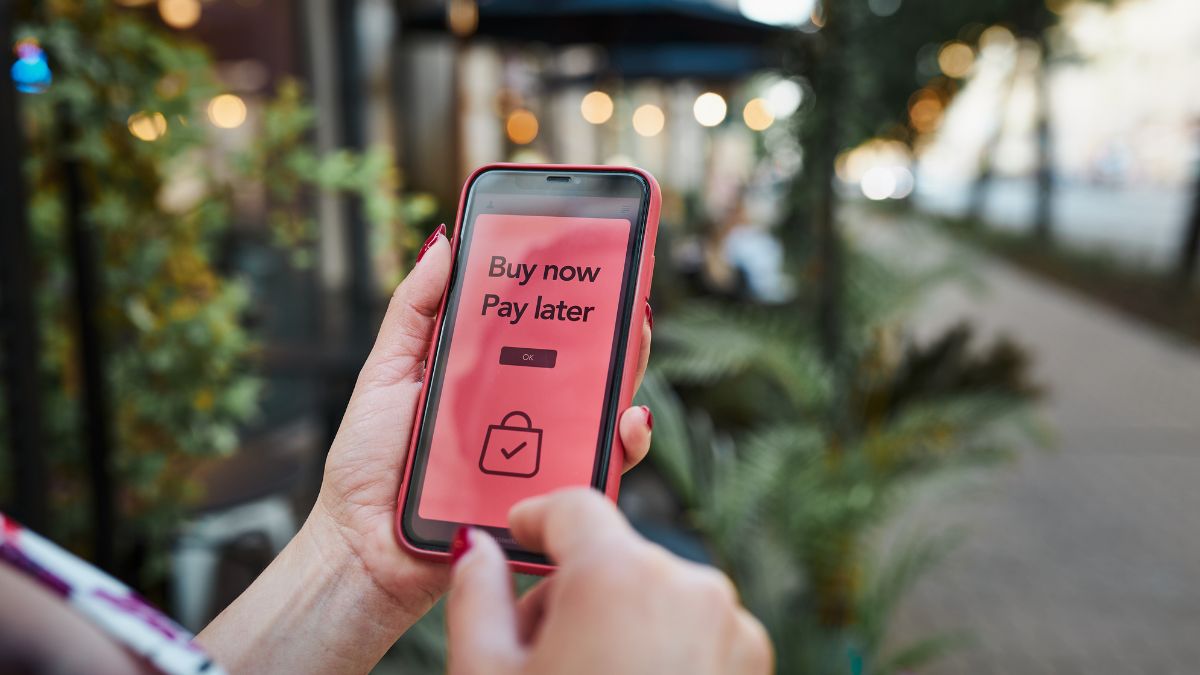Lifestyle
Buy Now, Pay Later Loans Will Affect Credit Scores Soon

It’s hard not to see the Buy Now, Pay Later (BNPL) option whenever you’re shopping online for anything, along with groceries and even…DoorDash orders. It’s tempting to hit that “Pay in 4 installments” button.
Services like Afterpay, Klarna, Affirm, and Apple Pay Later have exploded in popularity, offering shoppers a “harmless” way to split purchases into smaller payments. But starting soon, these loans will show up on your credit report, and yes, depending on your BNPL habits, it could help or hurt your credit score.
So what’s changing, who should care, and is BNPL becoming a crutch for our financial stress? Let’s break it down.
What is BNPL? Why is it so popular?
BNPL lets you split a purchase into equal, interest-free payments (usually four) over a short period of time. It’s fast, easy, and often doesn’t require a hard credit check, which makes it super appealing during current times of inflation and tight budgets.
Millennials and Gen Z are using it the most, with 64% Gen Z. And it’s not just one loan. 1 in 4 users have had three or more active BNPL loans at a time. We’re attracted to the convenience, the instant gratification, and the promise of “no interest, no fees.”
But there’s always a catch. BNPL is still debt, even if it doesn’t feel like it.
Enter Phantom Debt
BNPL has helped give rise to what’s being called phantom debt, money owed that doesn’t show up on your credit report or traditional debt trackers. Because BNPL loans haven’t historically been reported to credit bureaus, they’ve existed in a kind of financial “ghost zone.”
It’s a problem because:
- You could have multiple BNPL loans open and not realize how much you actually owe
- Lenders, banks, and credit bureaus don’t see the full picture either
- It creates a false sense of affordability. It’s only $19.99 x 4”, which adds up really fast when you’re doing that across multiple apps
This type of invisible debt can quietly pile up, causing missed payments or overdrafts (more fees!) and unlock credit cards; you don’t build credit history for paying BNPL on time. Maybe in the future? But for now, nope.
What’s Changing with Credit Reporting?
So the latest big news is that major credit bureaus like TransUnion and Experian are starting to include BNPL loans on your credit report. This means:
If you make all your payments on time, BNPL could help improve your credit score over time. This is great for users who don’t have much credit history yet.
If you miss payments or fall behind, then it could now hurt your score, just like with a credit card or loan.
BNPL is shifting from the “ghost zone” area to something that can now affect your long-term financial profile.
Are We Getting TOO Reliant on BNPL?
Unfortunately, yes.
Americans are using BNPL to survive, not just to splurge.
- People are using it for groceries, gas, and bills, not just big-ticket items
- A growing number of users are stacking loans across multiple platforms, which has caused repayment chaos
- Some are defaulting on payments, incurring late fees, and triggering collections even though these types of loans feel low-risk
So this isn’t all about budgeting, it’s about affordability. If basic living costs are driving people into BNPL loans, that’s not entirely a spending problem, but also an economic reality check.
What You Can Do Now
If you use BNPL, no shame. It’s a useful tool. But as it starts to affect your credit score, it’s worth treating it more carefully and with more caution.
Here are some smart moves:
- Track all your BNPL loans in one place, like a spreadsheet or budgeting app
- Don’t stack loans unless you’re 100% sure you can cover all the payments
- Use BNPL for one-time, budgeted purchases, not daily spending
- Set reminders for payment due dates because late payments will cause credit damage
- Watch your credit reports to see when BNPL activity starts showing up
The Money Move
Buy Now, Pay Later won’t be going away, but it’s evolving. It started as a fun, flexible way to shop, but now it’s a credit-impacting financial product. And it’s time to treat it with the same level of awareness as any other loan.
This means using BNPL consciously, not impulsively, because people certainly don’t need to put a pizza on 4 installments. Let’s control spending before it starts haunting your credit. You got this!

